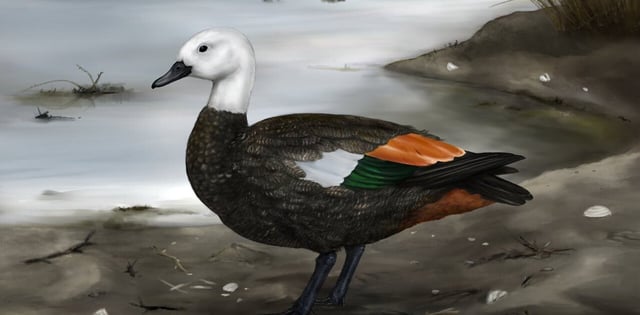Overview
- A 2025 peer-reviewed paper in the Zoological Journal of the Linnean Society formally describes the Rēkohu shelduck and assigns it the scientific name Tadorna rekohu.
- Ancient DNA extracted from bones at the Museum of New Zealand Te Papa Tongarewa places the species as the closest relative to the mainland paradise shelduck with a divergence about 390,000 years ago.
- Bone-shape analysis shows the species evolved shorter, more robust wings and longer, stronger legs, indicating a trajectory toward flightlessness in the island’s predator-free environment.
- Researchers link the shelduck’s extinction to overhunting and introduced predators after human colonization, with disappearance occurring prior to the 19th century.
- The naming of Tadorna rekohu was gifted by the Hokotehi Moriori Trust, exemplifying Indigenous partnership in decolonizing taxonomy and recovering lost island biodiversity.
